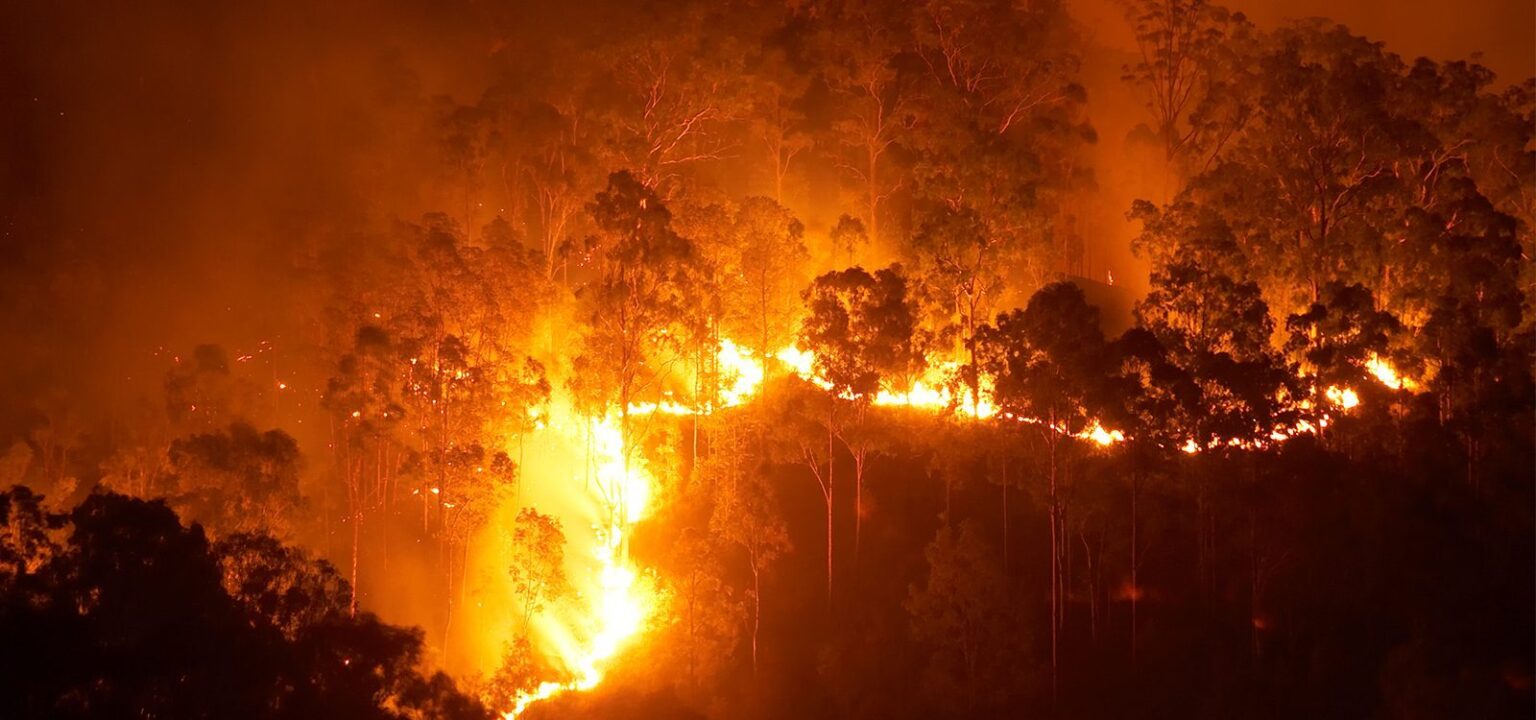As urban areas continue to encroach upon natural landscapes, the threat of bushfires looms larger than ever. In Western Australia, bushfires are a recurring reality. Thus, understanding and mitigating this risk is important for homeowners and developers alike.
One important tool in this endeavour is the BAL assessment in WA. This is a systematic approach to evaluating a property’s vulnerability to bushfires. So, this article focuses on what this assessment entails and why it’s essential for anyone living in or developing property in Western Australia.
Importance of Assessing Bushfire Attack Level (BAL)
The BAL assessment in WA is a method used to determine the potential exposure of a property to radiant heat, ember attack, and direct flame contact during a bushfire. It categorises properties into one of six levels, ranging from low to extreme risk. Factors such as vegetation type, slope, proximity to bushland, and prevailing wind direction are taken into account during the assessment process.
Importance of BAL Assessment in Western Australia
In a state known for its bushfire-prone landscapes, this assessment plays an important role in safeguarding lives and properties. With this ever-present threat, especially during the hot and dry summer months, understanding a property’s vulnerability is essential for effective disaster preparedness and risk mitigation.
By knowing their rating, homeowners can make informed decisions about bushfire protection measures and building design to enhance safety and resilience.
Compliance and Building Regulations
In Western Australia, compliance with the assessment requirements is mandatory for all new residential developments and renovations in designated bushfire-prone areas. Building regulations stipulate specific construction standards and materials based on the property’s BAL rating to minimise the risk of fire damage. Failure to follow these regulations can have numerous consequences, including compromised safety and insurance issues.
Assessing Your Property’s Rating
Obtaining a BAL assessment in WA for your property involves engaging qualified professionals who are accredited to conduct risk assessments. These experts assess various factors, including the surrounding vegetation, topography, and building materials, to determine the property’s BAL rating accurately. While the process may seem challenging, it provides valuable insights into potential risks and informs proactive measures to enhance bushfire resilience.
Mitigation Strategies and Planning
Armed with knowledge of their property’s BAL rating, homeowners can implement effective mitigation strategies to reduce bushfire risk. These may include maintaining a clear buffer zone around the property, installing ember guards on windows and vents, and using fire-resistant building materials. Additionally, developing a comprehensive bushfire survival plan that outlines evacuation procedures and emergency communication channels is essential for residents living in high-risk areas.
Community Engagement and Awareness
Beyond individual property assessments, fostering community engagement and awareness is crucial in building a resilient society capable of responding to bushfire threats effectively. Local councils and government agencies play a vital role in educating residents about bushfire preparedness, evacuation procedures, and the importance of BAL assessment in mitigating risk. Community workshops, awareness campaigns, and collaboration with firefighting agencies are instrumental in promoting a culture of safety and preparedness. Additionally, builders and developers must adhere to specific construction standards outlined by the institution of the Building Code of Australia and relevant state and local planning policies.
In places where bushfires are an ever-present threat, understanding and mitigating risk through BAL assessment is essential for homeowners and developers alike. As the threat of bushfires persists, investing in assessment and risk mitigation measures is a prudent step towards safeguarding lives and property in WA’s bushfire-prone landscape.
